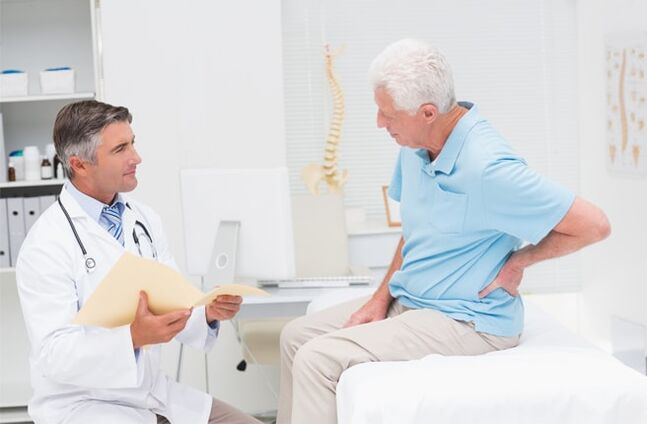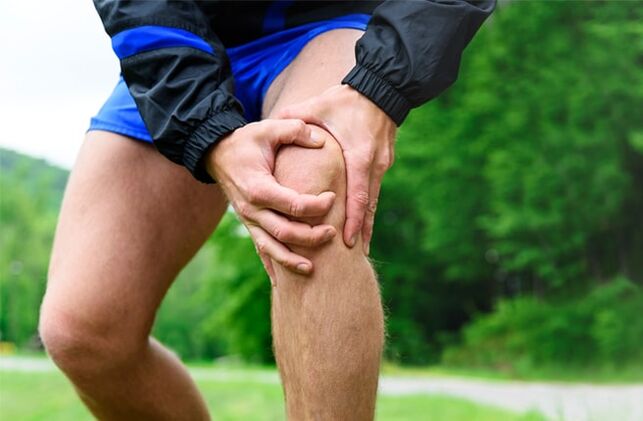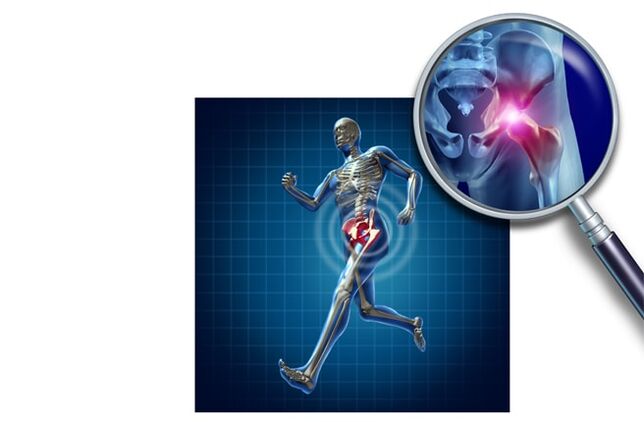Osteoarthritis (osteoarthritis or deforming osteoarthritis (DOA) or deformable osteoarthritis) is a disease of the joints where the joint cartilage is affected in the early stages, followed by a pathological process of the surrounding muscles, ligaments, nerves and bone tissue.

Arthrosis is a disease that develops for various reasons. These include metabolic diseases, trauma, intoxication, etc.
Patients generally refer to any joint disease in which there is pain, limited mobility, or other discomfort in one or more joint areas as "arthrosis, " which is not always true. Osteoarthritis and related pain develop as a result of "aging" of the joints due to various adverse factors, however, the causes of joint pain can be infections and injuries, and in these cases we are talking about other pathologies. .
Osteoarthritis statistics
Up to 70% of patients complain of joint pain at the reception of a general practitioner, therapist, neurologist, surgeon, rheumatologist. In most cases, these are pain in the lower back and large joints (knees, hips). Worldwide, up to 70% of long-term disability cases are considered osteoarthritis. As a result of a large number of patients with advanced osteoarthritis, up to 10% of those who seek medical help have a disability and need constant help. Arthrosis is one of the main causes of premature separation of a person from a full-fledged social life; In statistics, it is second only to cardiovascular disease.
The likelihood of developing osteoarthritis increases with age: in people over 50 it is 27%, and in people over 70 it is 97%, which is due to the age-related load on the joints and the end of normal functioning.

Causes and development
The main factor in the development of osteoarthritis is the nutrition of articular cartilage, which leads to its destruction. It does not matter why this happens (overweight, professional sports, work habits, hormonal disorders, congenital defects of the joints, etc. ), the result is the same:
- changes begin in the articular cartilage leading to loss of elasticity; micro-cracks appear in the thickness of the cartilage;
- blood supply to the joint is disrupted, the production of joint fluid is reduced, the mechanics of the joint changes;
- then all the structures of the joint, adjacent muscles, nerve endings are involved.
These degenerative disorders lead to the development of symptoms of osteoarthritis, and the disease "begins" when a constant mechanical load is imposed on the joint (or joints) and begins the process of destruction.
Symptoms of osteoarthritis
Unlike other joint pathologies, osteoarthritis lasts for many years and is not felt in humans. As soon as the body points to a problem in the joint with severe pain, the pathological process inside has already begun.
Pain is the main symptom of osteoarthritis, in the early stages the pain is not very clear, it is weak, it can be compared more with anxiety. Unpleasant sensations in the joints that occur after exercise disappear on their own without any medical or drug intervention, but quickly become noticeable and limit a person's normal mobility.
Pain can also occur at rest or at the beginning of an activity (called a "start"), for example, after a good night's sleep or after a long day of sitting in one position during the movement. Resting pain at night is also characteristic of osteoarthritis, and it decreases rapidly with the onset of physical activity. Patients with joint problems generally say that they need to "stretch the bones" and "wake up the joints" to relieve the discomfort, which generally accurately characterizes the condition.
Painful sensations are not only caused by disturbances in the functioning of the joint itself. When all the components of the joint, muscles and nerve endings are involved in the process, the pain becomes different and unbearable: it spreads throughout the muscle and "fires" along the nerve. The blood supply to the joints, nerves and muscles is disrupted, and degenerative changes occur quickly.
Temporary or permanent limitations of joint mobility (contractures) develop due to severe pathological changes in articular and muscle tissues. For example, with osteoarthritis of the hip joints, the limb shortens, the pelvis "bends" and the spine bends.

In the early stages, the crisis in the joints is almost invisible, but the disease stabilizes as it progresses. This symptom worries patients with osteoarthritis more than pain, because it indicates serious disorders, aging of the body and especially the skeletal system.
In the later stages of osteoarthritis, joint deformity associated with the growth of all flexor bones, bone growth, a decrease in the amount of joint fluid, and joint subluxation occurs.
Stages
Depending on the severity of the symptoms, there are several stages of osteoarthritis.
In the first stage, there is no pain at rest and moderate intensity, it occurs only after a high load (fitness, heavy lifting, running) or after a long static position. A person does not experience restrictions and difficulties in movement. No drug treatment is required.
In the second stage, the pain is pronounced and persistent, occurs quickly under the influence of stimuli (long walks, physical activity), does not go away on its own. The patient's movement is limited, the mobility of certain joints is severely limited - knees, hips and others. Medical care is required, and treatment regimens, including medications and non-drug methods, should be prescribed.
In the third stage, the patient has difficulty moving, needs constant care, the pain is unbearable. As a rule, surgical treatment (endoprosthetic) and mass physiotherapy are needed to restore quality of life.
Symptoms of osteoarthritis appear at a young age, and in this case it is necessary to consult a doctor, not to ignore them. Timely treatment will support normal joint function and help prevent the rapid progression of the disease.

























